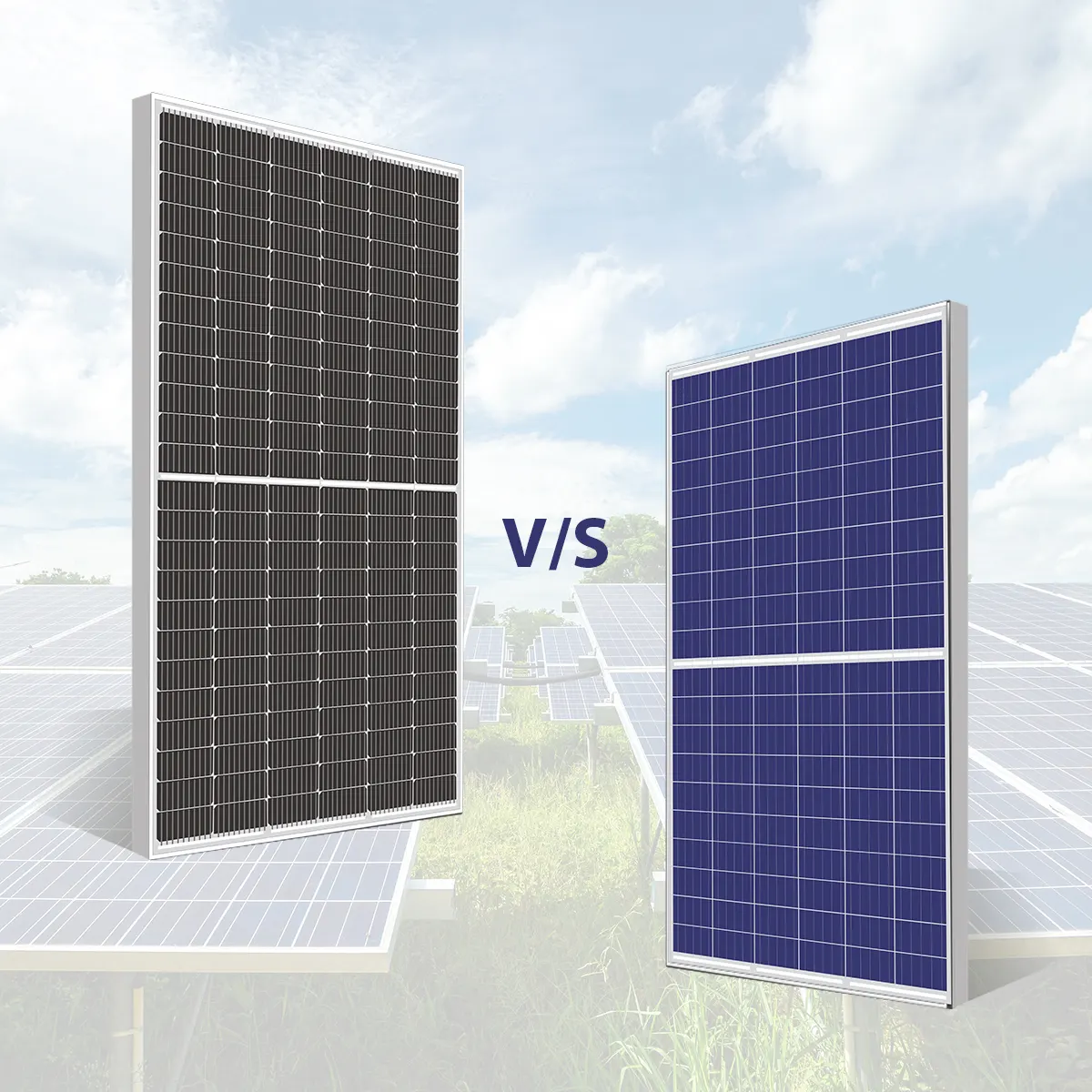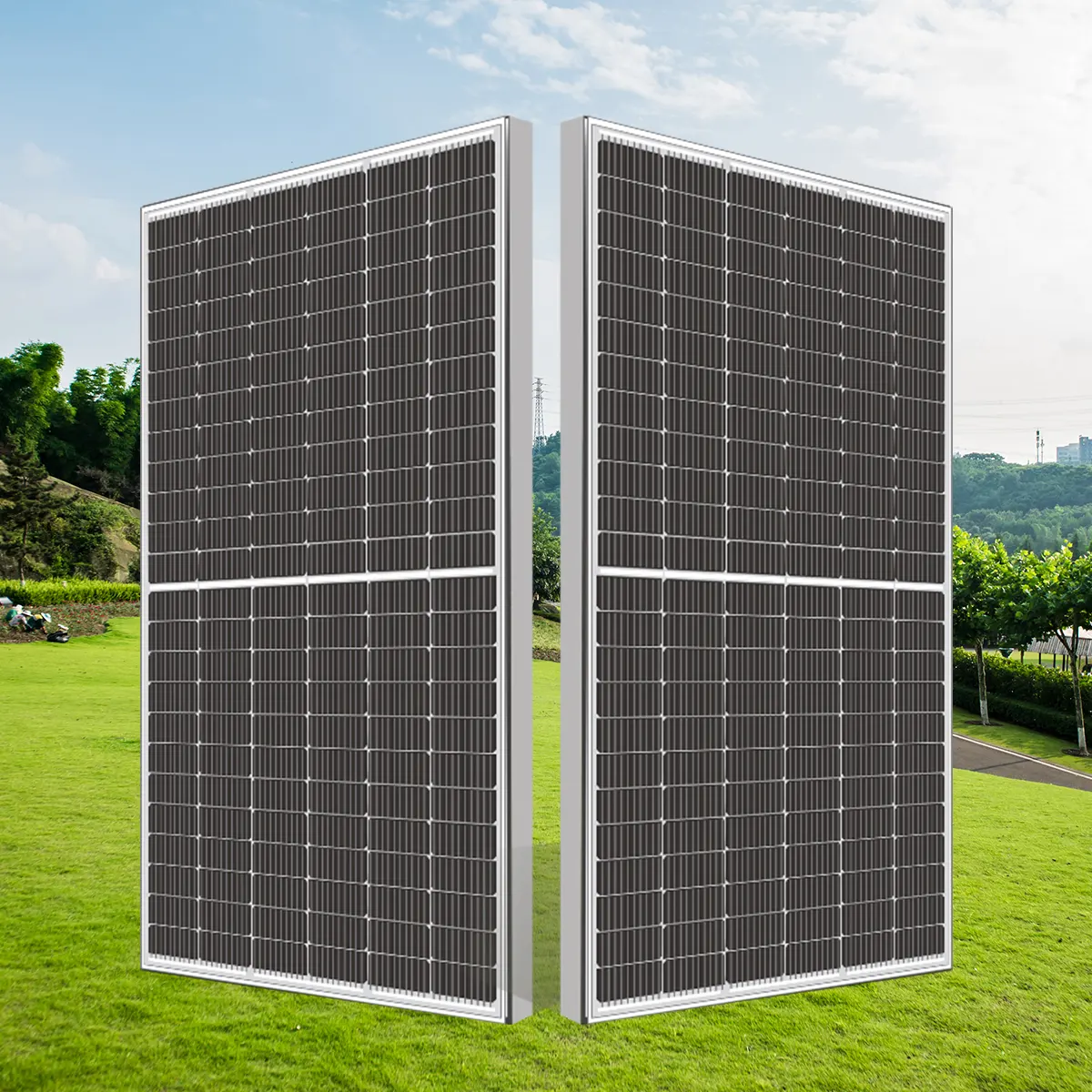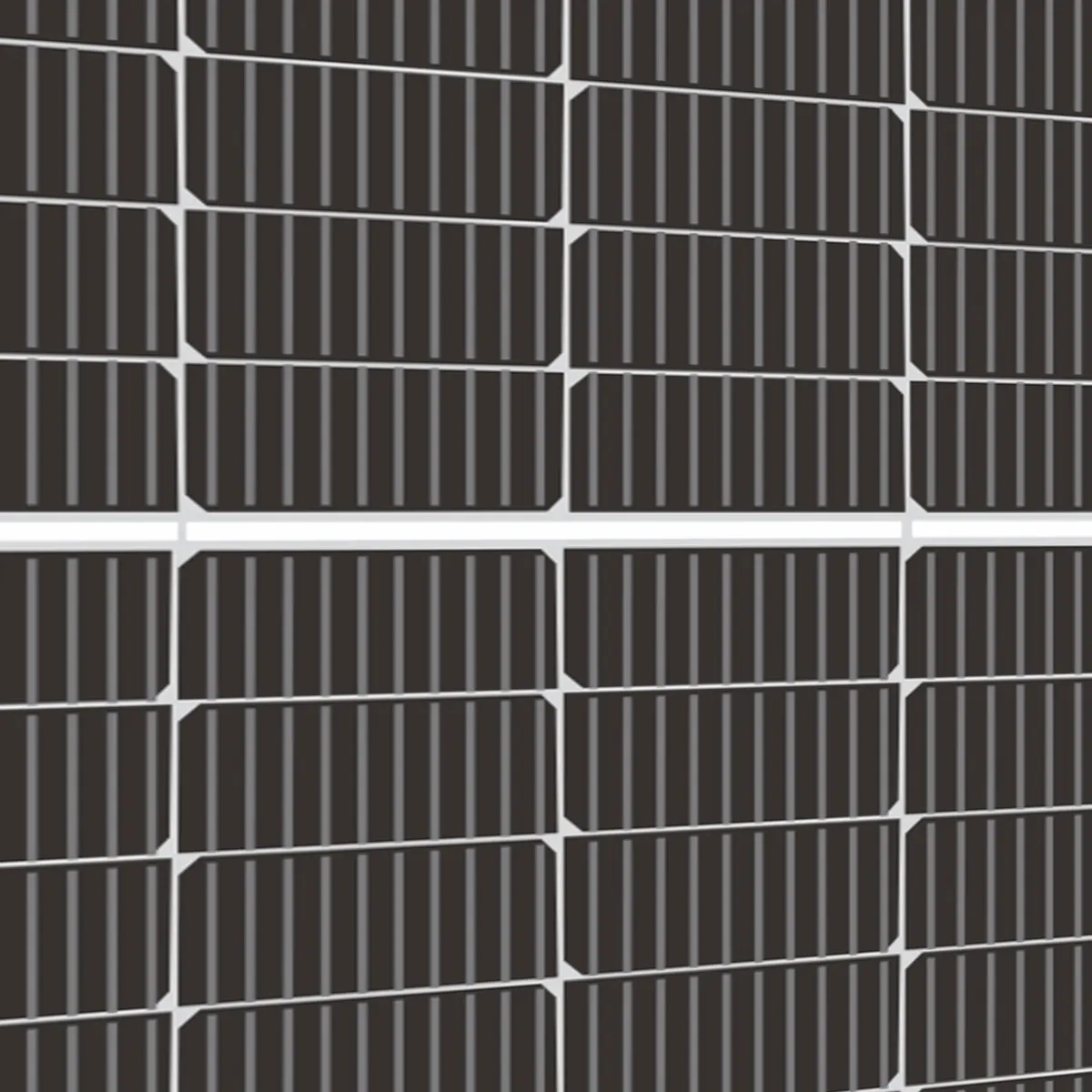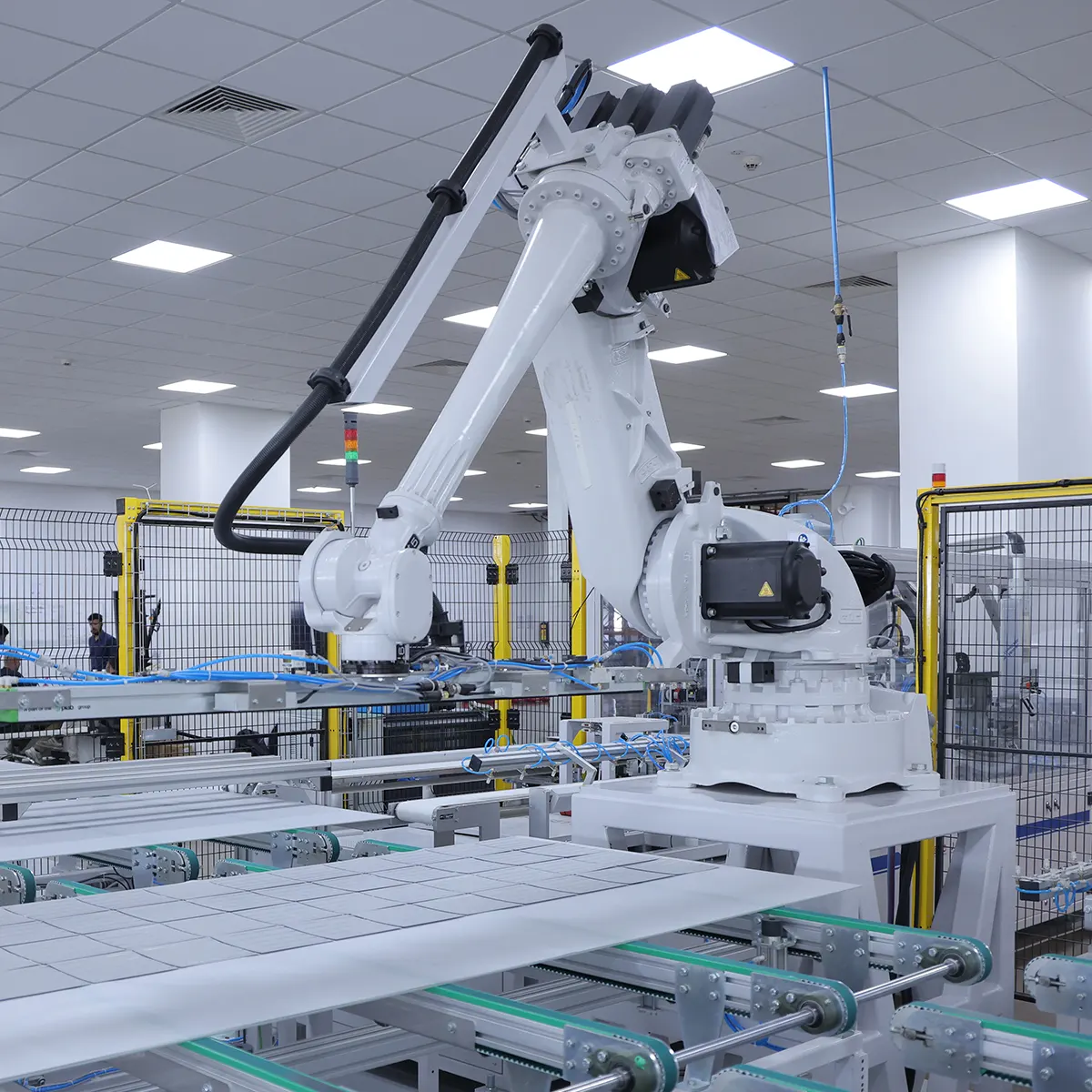The Evolution of Solar Panel Technology
In the past few decades, the world has witnessed a rapid shift toward renewable energy sources, and solar energy stands out as one of the most accessible and widely adopted solutions. As a leading renewable energy provider, the solar industry has seen numerous technological advancements. The evolution of solar panel technology has not only increased efficiency and performance but also expanded its affordability, driving the sector toward sustainable growth.
With top solar panel manufacturers constantly innovating to meet energy demands, there is a noticeable shift from traditional photovoltaic (PV) modules to more efficient and cost-effective designs. Let’s take a closer look at the ongoing transformation and what the future holds for solar panel technologies.


The Growing Demand for High-Quality Solar Panels
The increasing awareness of climate change and the push for cleaner energy sources have contributed to the exponential growth of the solar industry. The rise in demand for solar panels has compelled solar panel manufacturers to innovate and optimize existing technologies. Today, when searching for the best solar panel company in India or globally, several factors play a role, including the efficiency of solar cells, durability, technological advancements, and cost.
Among the solar PV module manufacturers in India , leading companies are stepping up to develop modules with higher efficiencies and lower carbon footprints. From monocrystalline solar panels to mono PERC solar panels and polycrystalline solar modules, the landscape of solar technology is expanding.
Understanding Monocrystalline vs. Polycrystalline Solar Panels
A significant technological shift has been witnessed in the development and manufacturing of monocrystalline and polycrystalline solar panels. Understanding these modules' differences can help make informed decisions when choosing the best solar solution.


Monocrystalline Solar Panels
Monocrystalline panels are made from a single silicon crystal, giving them a uniform appearance and making them highly efficient. The latest developments in monocrystalline modules have led to better space efficiency, longer lifespans, and improved performance under low-light conditions. Mono PERC solar panels (Passivated Emitter and Rear Cell) are an advanced variant, offering higher efficiency by capturing more sunlight and reducing energy loss. This is a primary reason many solar module manufacturers focus on the development of mono half-cut panels, which improve performance by reducing resistive losses.
Polycrystalline Solar Modules
On the other hand, polycrystalline solar modules are created by melting several silicon crystals together. While they are slightly less efficient than monocrystalline panels, they are cost-effective, making them a popular choice for large-scale installations. Polycrystalline solar modules have also undergone various technological enhancements to improve their output and durability, thereby remaining a competitive option in the market.
With advancements in the latest technology, both monocrystalline and polycrystalline modules are being developed to maximize energy output while minimizing costs.


The Rise of Half-Cut Cell Technology
Half-cut solar cell technology is an advanced design enhancement to traditional crystalline silicon solar cells. This innovative approach minimizes key power losses found in standard PV modules, resulting in improved performance for both solar panels and overall PV systems.
Half-cut solar cell modules are not developed with new or innovative chemical components. Instead, they are based on traditional crystalline silicon (c-Si) solar cells, using the same components and materials, such as:
Printed silver paste (front contact)
- Anti-reflective coating or anti-reflective glass
- A doped semiconductor created using crystalline silicon (c-Si) forming a P-N junction.
Back Surface Field
- Printed aluminum paste (rear contact)
The main distinction lies in their design; while the technology remains the same as traditional c-Si cells, the half-cut design is specifically optimized to improve performance and reduce electrical losses compared to standard panels.
These half-cut cells are commonly found in monocrystalline modules and are known as mono half-cut panels. This technology has revolutionized solar panel performance by enabling better energy generation even under sub-optimal conditions, such as partial shading or lower sunlight.
PERC Technology: Enhancing Solar Efficiency
Another major breakthrough in solar technology is PERC (Passivated Emitter and Rear Cell) technology.
While the recombination of the electron-hole (e-h) pair is the standard process for generating electric current in traditional solar cells, there is another form of recombination called surface recombination, which contributes to energy losses in crystalline silicon technology.
Surface recombination occurs when a hole pairs with an excited electron that does not reach the contact point. This process reduces solar cell efficiency as the e-h pair combines without producing electric current or solar power.
In addition to surface recombination, traditional crystalline silicon solar panels may experience efficiency losses due to factors like poor light capture, reflection off the cell surface, and partial shading from materials within the module. To address these losses and improve efficiency, the solar industry developed PERC (Passivated Emitter and Rear Cell) technology.
Mono PERC solar panels are now widely adopted across the industry due to their superior performance, compact design, and cost-efficiency. The addition of PERC technology is a major step forward for both monocrystalline solar panels and polycrystalline solar modules.


The Role of Top Solar Panel Manufacturers in India
India is emerging as a powerhouse in solar energy manufacturing. With strong government policies and a growing demand for renewable energy, the nation has attracted investments and developments in the solar sector. As a result, some of the best solar panel companies in India are continuously working towards improving PV technology and expanding their manufacturing capacity.
Gujarat has emerged as a significant hub for solar manufacturing in India. Home to some of the top solar panel manufacturers in India, Gujarat-based companies are contributing significantly to India's renewable energy goals by providing a wide range of high-quality solar products, including PV modules, mono half-cut panels, and polycrystalline solar modules. These manufacturers are also actively adopting the latest technologies to produce more efficient and cost-effective solutions.
Latest Technology in Solar Panels
The global solar industry is constantly evolving, with the introduction of new technologies aimed at maximizing the efficiency and performance of solar modules. Let’s explore some of the latest advancements shaping the industry:
1. Bifacial Solar Panels
Bifacial panels can generate electricity from both sides, capturing sunlight from the front and reflected light from the back. This technology increases the overall energy output, making bifacial modules an increasingly popular choice among photovoltaic panels manufacturers
2. Heterojunction Technology (HJT)
HJT combines the benefits of crystalline silicon and thin-film solar cells, creating panels with higher efficiency and lower production costs. This hybrid technology enhances performance, reduces energy losses, and has excellent temperature coefficients.
3. Topcon Solar Panels
Topcon (Tunnel Oxide Passivated Contact) is one of the newest advancements in solar cell technology. These panels offer superior efficiency compared to traditional PERC technology by providing better passivation, enhanced light trapping, and reduced energy loss.
4. Shingled Solar Panels
Shingled panels utilize smaller, overlapping solar cells to improve the panel’s efficiency and aesthetics. This design allows for more active area on the panel surface, resulting in a better energy yield.
Choosing the Right Solar Solution
With numerous advancements and options available, it’s essential to choose the right solar solution that fits your needs and aligns with the latest technology. Whether you opt for monocrystalline solar panels, mono PERC solar panels, polycrystalline solar modules, or modules with half-cut cell technology, selecting a reputable manufacturer is key to ensuring optimal performance and long-term reliability.
By choosing a leading solar module manufacturer with a strong track record and commitment to quality, you can be assured of efficient energy output, durability, and a reliable solar solution.


The Future of Solar Panel Technology
The future of solar panel technology is promising. With continuous research and development, photovoltaic panels are becoming more efficient, cost-effective, and sustainable. The shift towards high-efficiency modules like monocrystalline and mono half-cut panels is reshaping the solar industry, making it easier for businesses and households to adopt clean energy solutions.
As we look forward to a more sustainable future, the role of top solar panel manufacturers in advancing technology and setting new benchmarks in quality and efficiency cannot be overstated.
Wrapping Up:
Ready to harness the power of solar energy? Choose the best solution for your needs with the help of a reputable solar manufacturing company. Discover the power of monocrystalline, polycrystalline, and the latest solar technologies to enjoy clean, renewable energy that supports a sustainable future.
Get in touch with us today to explore the future of advanced solar technology! Read our newsletter, "The Evolution and Future of Solar Panel Technology and Manufacturing," to discover how cutting-edge developments can meet your energy needs and contribute to a greener tomorrow. Whether you're looking for residential, commercial, or industrial solar solutions, we have the right technology to power your future.
Stay tuned for our next edition of Solar Progress, where we dive deeper into the trends and technologies shaping the world of solar energy!